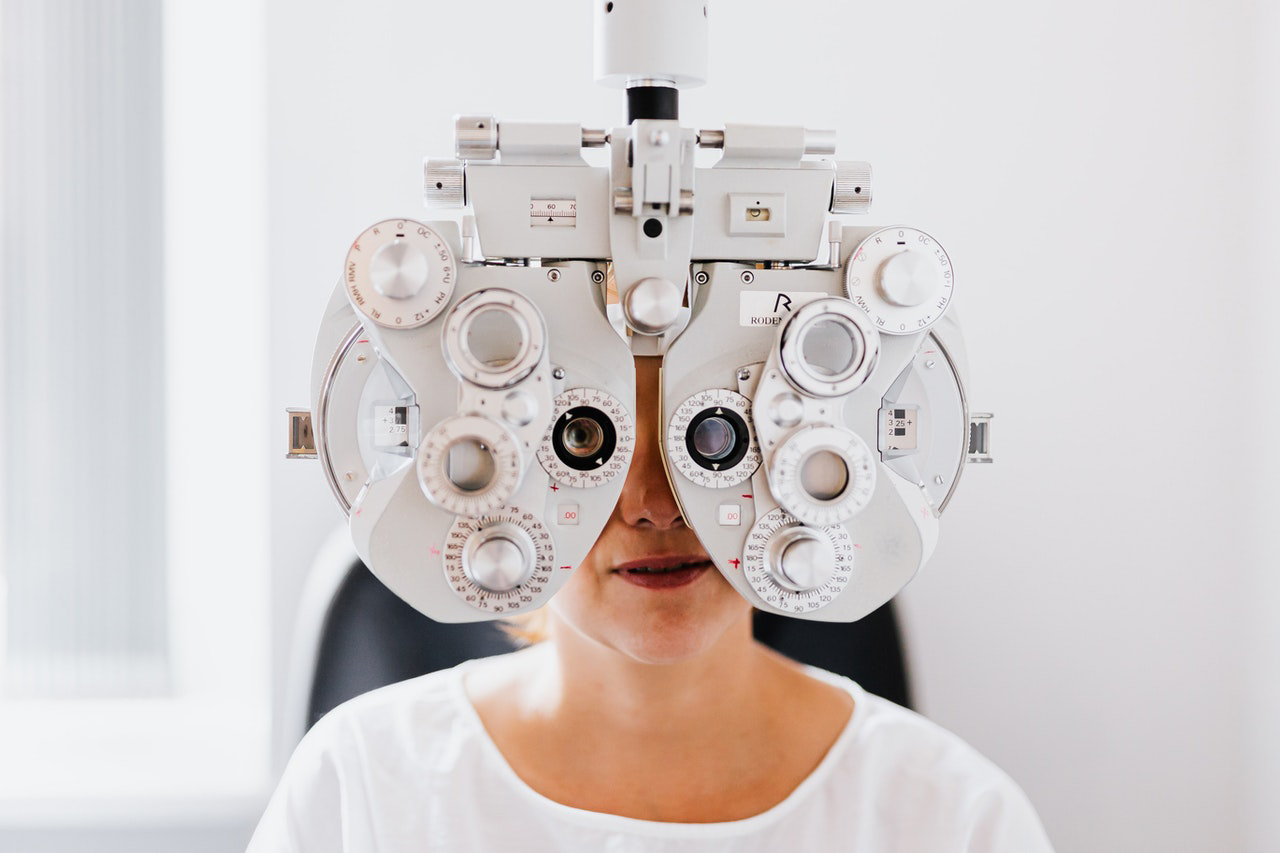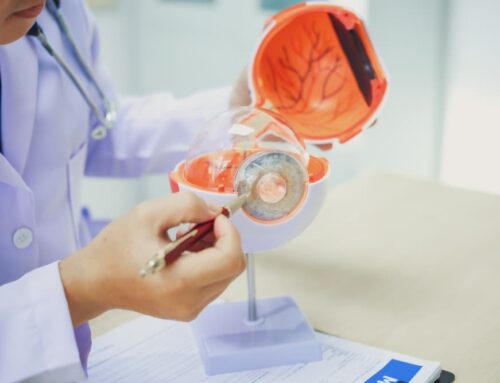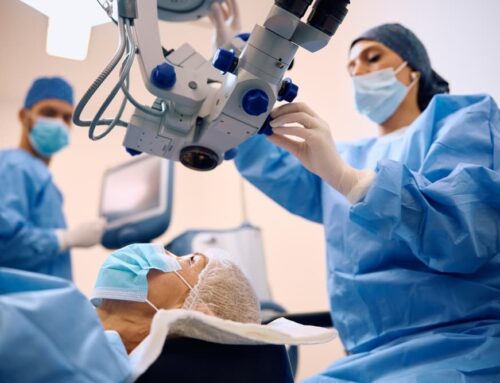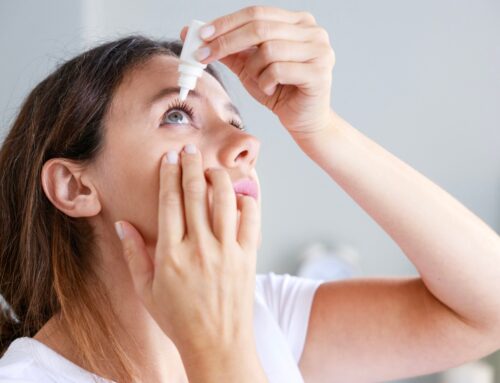November is National Diabetes and Diabetic Eye Awareness Month! This month, Eye Care Professionals encourages individuals to watch for the signs and symptoms associated with diabetes and diabetic eye disease.
What are some common diabetes symptoms?
Diabetes is a surprisingly common disorder, affecting 9.4 percent of the US population. As people get older, their likelihood of developing the disorder increases. Researchers estimate that one quarter (25.2 percent) of Americans over the age of 65 have diabetes.
Symptoms of diabetes include:
- Fatigue
- Frequent thirst
- Frequent urination
- Increased appetite
- Blurred vision
- Dry mouth
The early symptoms associated with diabetes can be very subtle, leading many people to go undiagnosed. Researchers estimate that as many as 23.8 percent of people with diabetes don’t even know it.
Is there a link between diabetes and eye disease?
Unfortunately, there is a link between diabetes and eye disease. Diabetic eye disease is one of the leading causes of blindness and often has no early symptoms.
Diabetic eye disease includes cataracts, glaucoma, and diabetic retinopathy.
Cataracts.
People with diabetes are significantly more likely to develop cataracts, or a clouding in the eye’s naturally clear lens. Symptoms of cataracts include cloudy, blurry, or dim vision, trouble seeing at night and increased sensitivity to light. Thankfully, cataracts can be removed with a simple outpatient surgery.
Glaucoma.
Glaucoma is often referred to as silent thief of sight because it has no early symptoms and can result in permanent vision loss. Since people with diabetes are at an increased risk of glaucoma, it is essential to regularly meet with your eye doctors to catch it early. Glaucoma can be treated through medication or surgery.
Diabetic retinopathy.
Diabetic retinopathy is an eye condition in which high blood sugar levels damage the blood vessels in the retina. In its early stages, diabetic retinopathy has no symptoms – eventually, however, the disease progresses and results in “floaters,” or strange, moving blind spots in your vision. You might also experience blurred vision. Like glaucoma, leaving diabetic retinopathy untreated can result in permanent vision loss.
I have diabetes. What can I do to preserve my vision?
The National Eye Institute (NEI) estimates that early detection, prompt treatment, and appropriate follow-up care can reduce vision loss from by diabetes by 95 percent.
If you’re living with diabetes – or if you’re worried you might be living with diabetes – take this month to consult with your regular physician or eye doctor. Our professionals at Eye Care Professionals would be happy to perform a comprehensive eye exam to rule out common eye conditions including those associated with diabetes. For more information, contact us today.











